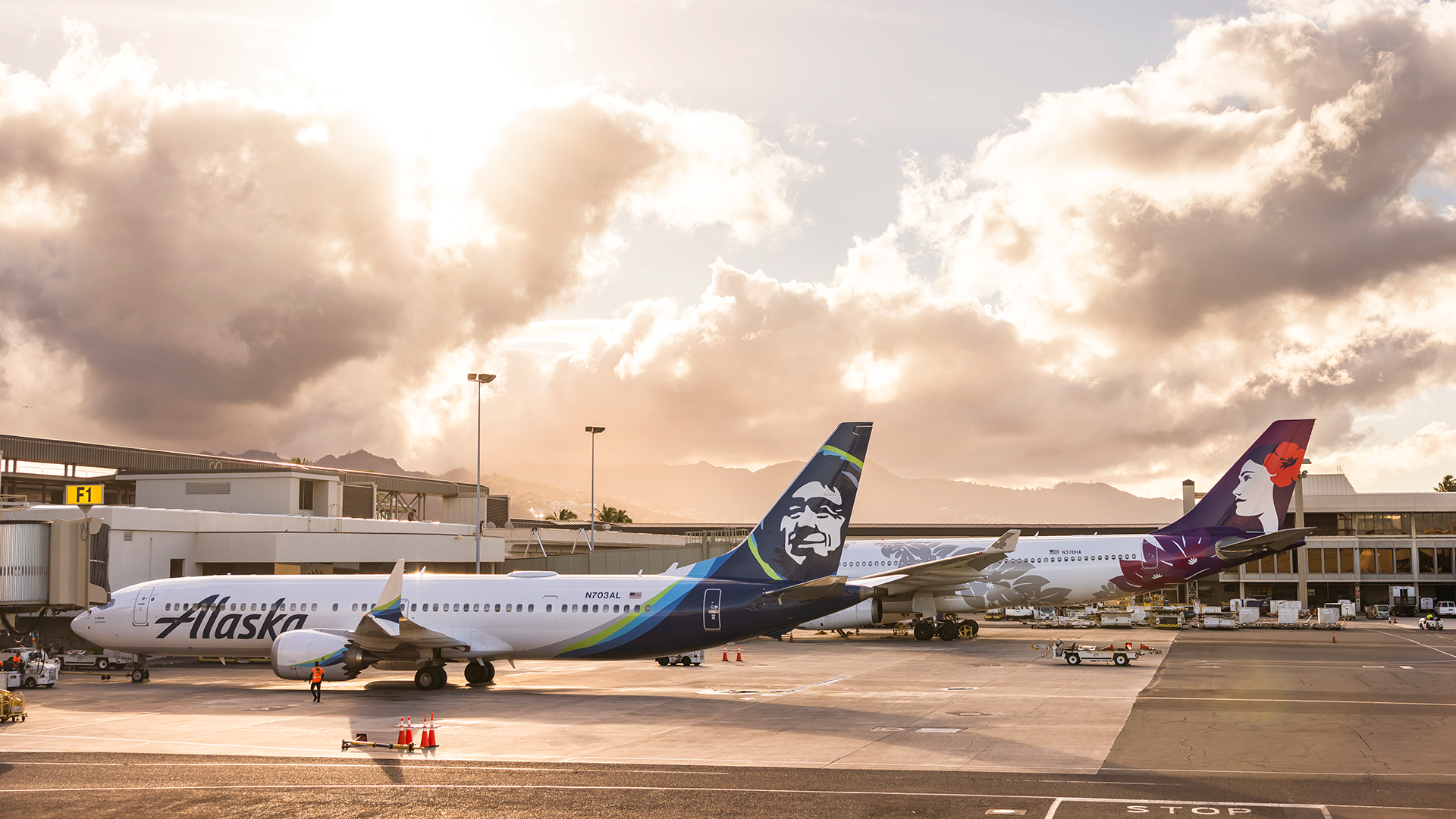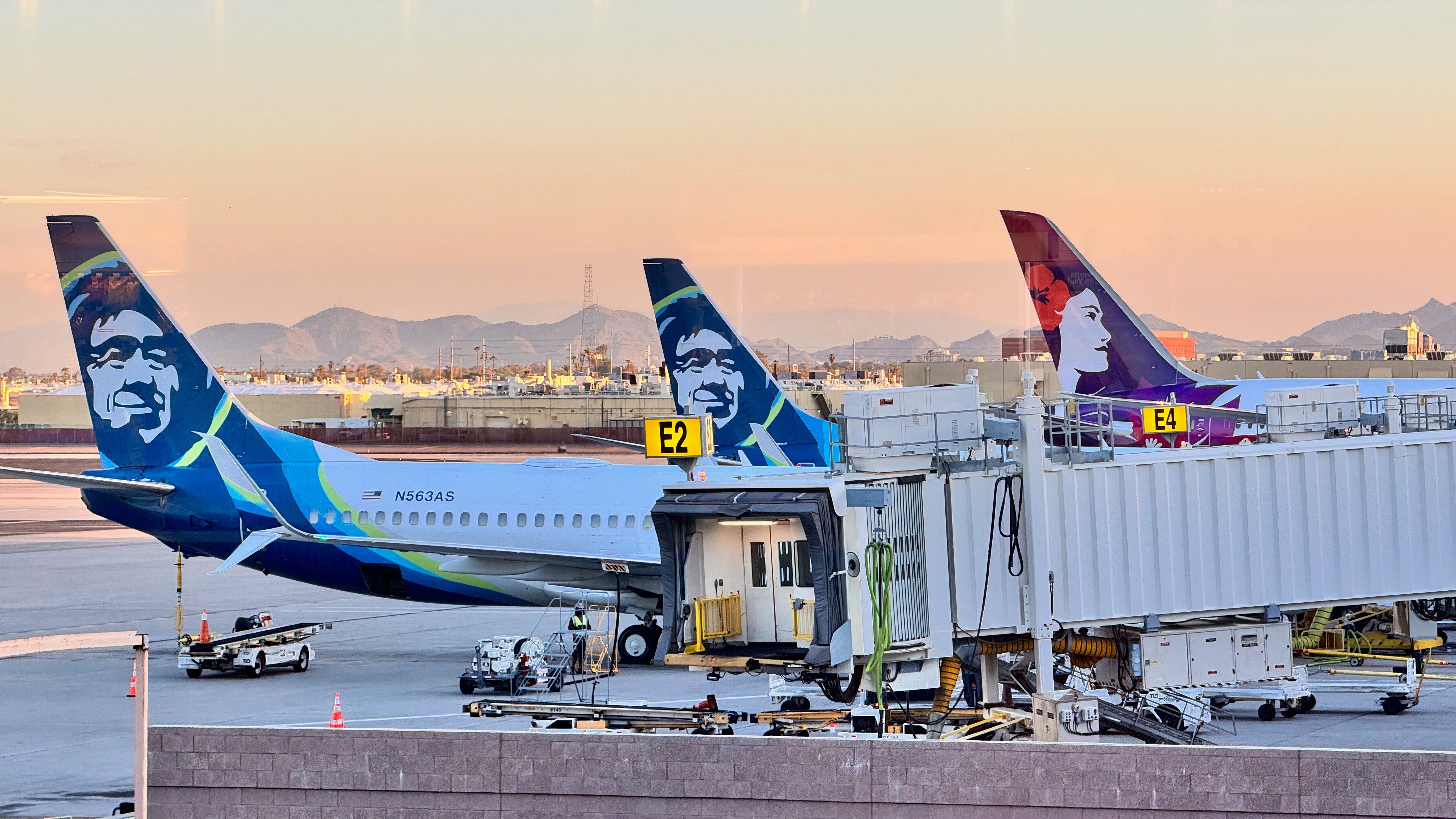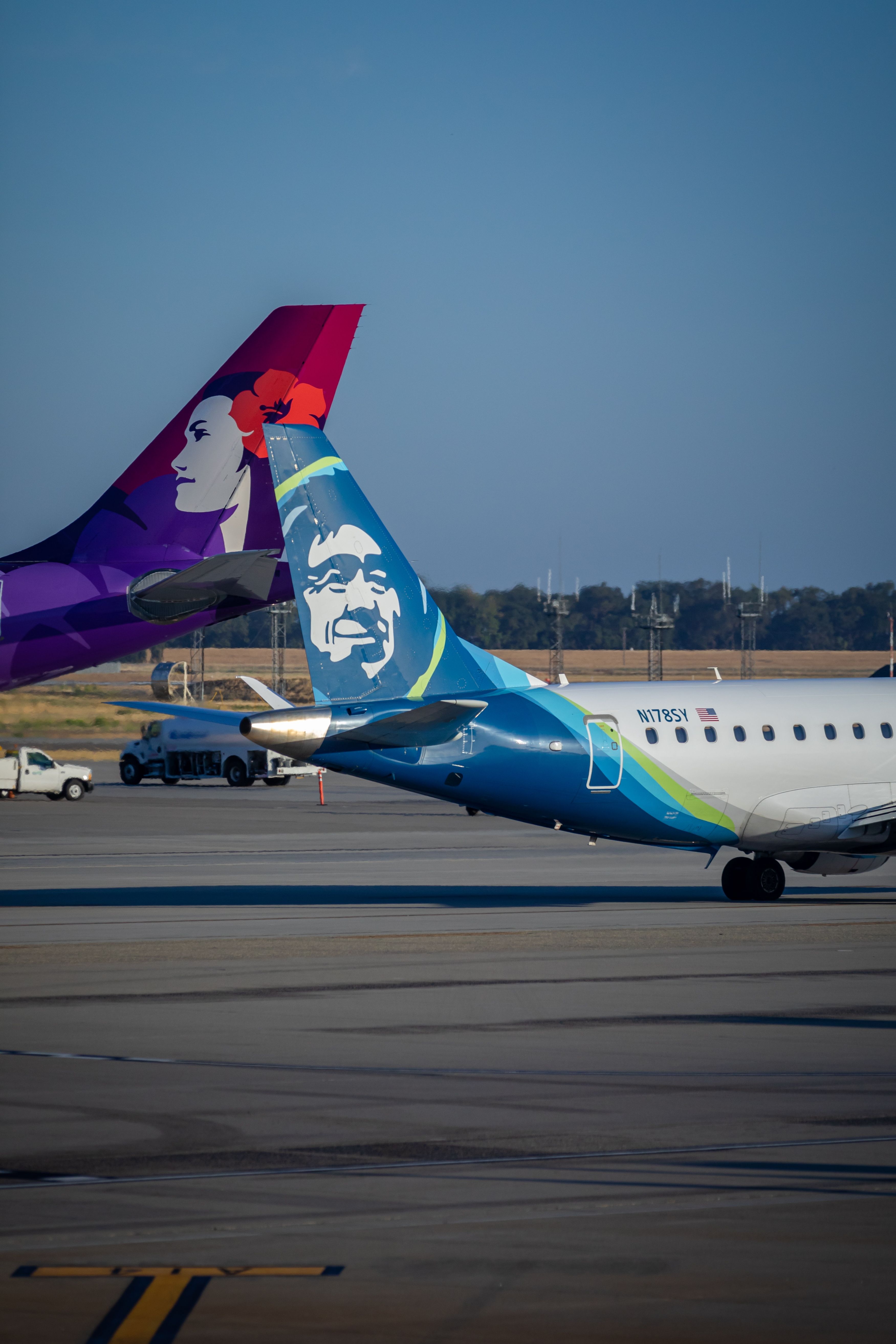In an investor day months after its acquisition of Hawaiian Airlines, ![]() Alaska Airlines Group
Alaska Airlines Group
has unveiled its plans to become a powerhouse airline group in the US, which includes investments in a more premium passenger experience and building Seattle Tacoma International Airport (SEA) into the group’s international hub.
Widebody flights from Seattle to Japan and South Korea
In a change of pace before the merger, Alaska Airlines announced that Hawaiian Airlines would launch non-stop flights from Seattle-Tacoma International Airport
(SEA) to Tokyo Narita International Airport
(NRT) and Seoul Incheon International Airport
(ICN) in 2025.
Services, which will be operated by Hawaiian Airlines’ Airbus A330-200 aircraft, will depart to Tokyo-Narita in May 2025 and to Seoul-Incheon in October 2025. Itineraries to the Japanese capital, including onward connections in Asia on 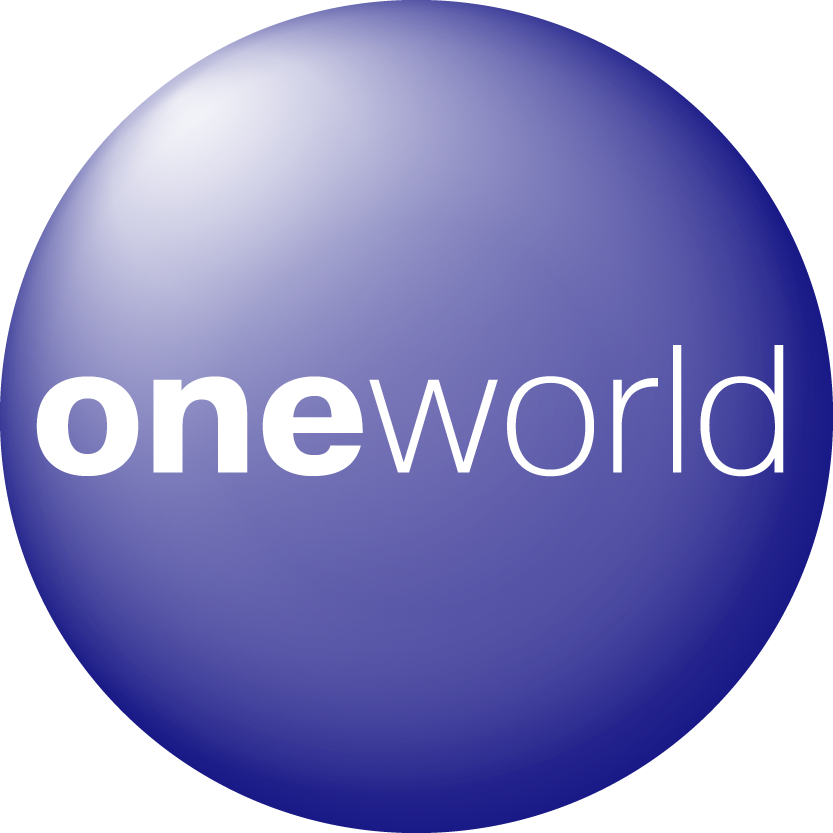 oneworld’s Japan Airlines
oneworld’s Japan Airlines
flights, are already on sale on Alaska Airlines and Hawaiian Airlines’ sites.
“Including Tokyo Narita and Seoul Incheon, the company plans to serve at least 12 nonstop global destinations with long-haul widebody aircraft from our Seattle gateway by 2030, with further specifics on where and when to be revealed later.”
Photo: Jon Tetzlaff | Shutterstock
Ben Minicucci, the chief executive officer (CEO) of Alaska Airlines Group, which includes Alaska Airlines, Horizon Air
, Hawaiian Airlines, and their affiliates and subsidiaries, remarked that the group believes its passengers will be excited about the new international destinations out of Seattle.
“From our global gateway in Seattle, we can conveniently connect travelers from across our network as they head to Asia and beyond. Hawaiian’s spacious widebody aircraft, along with its excellent onboard service and amenities, will make for a terrific trip from one side of the Pacific Rim to the other.”
Hawaiian Airlines has not served direct widebody flights from mainland United States to non-US destinations at least since 2000, if ever, while Alaska Airlines has never operated twin-aisle jets in its history.
While Japan Airlines is the only airline that has so far scheduled flights from Seattle-Tacoma to Tokyo-Narita in 2025, ![]() Delta Air Lines
Delta Air Lines
and Korean Air, which should finalize its merger with Asiana Airlines on December 11 if the Department of Justice (DOJ) does not object, each have seven weekly flights between Seattle and Seoul-Incheon, with Korean Air’s
schedule potentially growing to double-daily after the acquisition of Asiana Airlines.

Related
Explored: Delta Air Lines’ 19 Routes To Asia-Pacific
Its network has changed dramatically in recent years.
One of the goals that Alaska Airlines Group outlined with its ‘Alaska Accelerate’ plan during its investor day was to deliver a “remarkable experience.” According to the carrier, this will result in investments in existing end-to-end premium experience, including improved lounges at its hubs, expanded premium seat capacity, a new loyalty platform, and a premium credit card offering.
In July, the group already announced that Alaska Airlines Boeing 737-800, 737-900ER, and 737 MAX 9 aircraft will have more premium seats, with 737-900ER conversions beginning in the fall of 2024.
|
Aircraft type |
First class seats before/after |
Premium class seats before/after |
Number aircraft to be retrofitted (total aircraft in the fleet currently, per ch-aviation data) |
|
Boeing 737-800 |
12/16 |
30 |
59 (59) |
|
Boeing 737-900ER |
16 |
24/30 |
79 (79) |
|
Boeing 737 MAX 9 |
16 |
24/30 |
80 (72) |
“Alaska will increase its premium seat mix on its Boeing narrowbody fleet to 29%, with plans to expand premium cabins on the widebody fleet being developed.”
The group will continue to expand its lounge renewal program, with planned lounges at San Diego International Airport
(SAN), Honolulu Daniel K. Inouye International Airport
(HNL), and a flagship international lounge at Seattle-Tacoma.
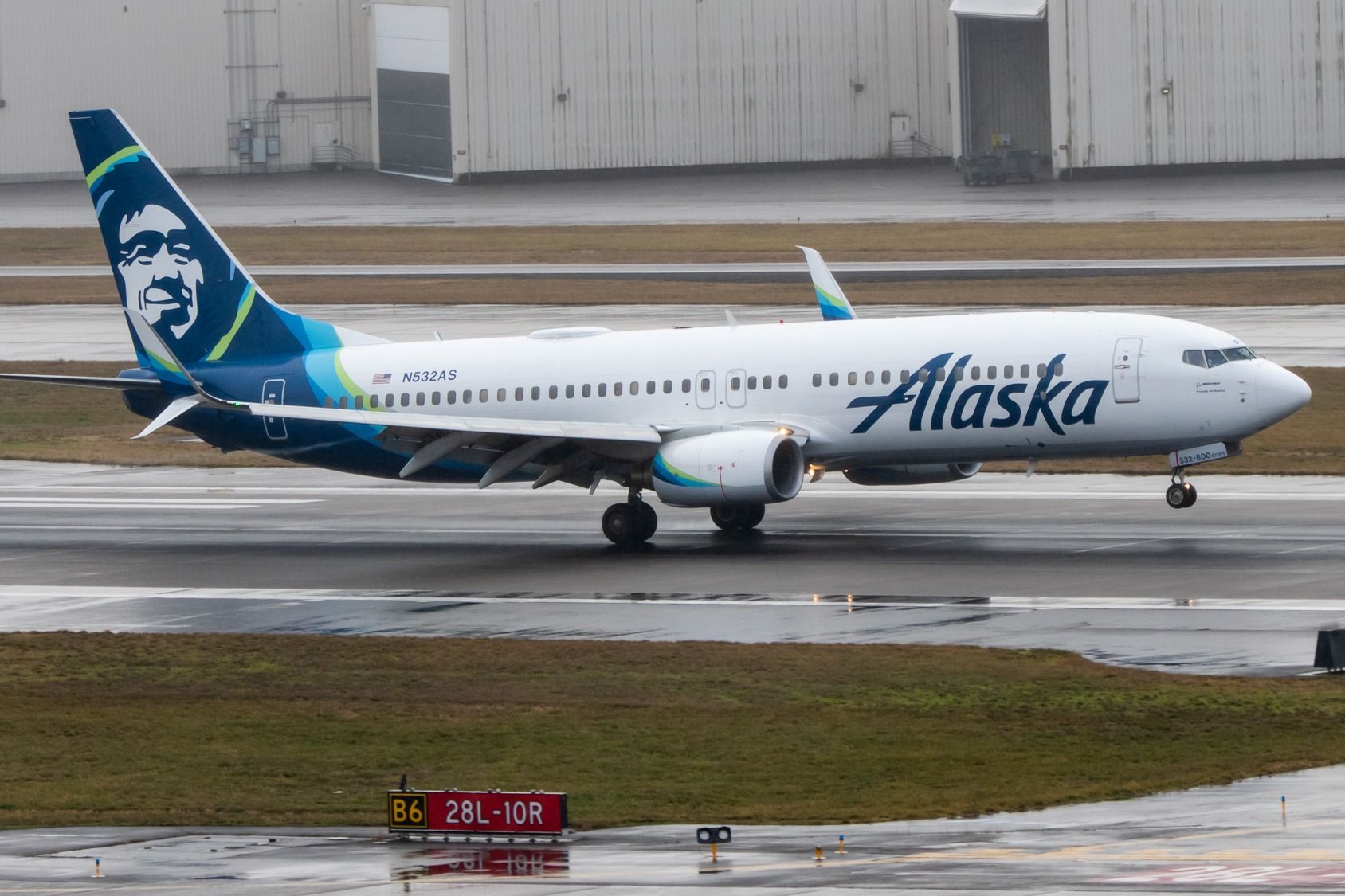
Related
Alaska Airlines Submits US DOT Application for New Washington DC-San Diego Flight
Once approved, the route would be served daily with the Boeing 737-8 or MAX-8.
Post-merger synergies
Alaska Airlines Group highlighted that in 2025, it would capture around $200 million of revenue and cost benefits, which should grow to over $500 million by 2027. The two carrier’s networks, loyalty programs, and cargo business will underpin the synergy benefits.
The group now targets to end 2027 with an incremental profit of $1 billion, with earnings per share (EPS) of at least $10. Shane Tackett, the chief financial officer (CFO) of Alaska Airlines Group, said that the combination of Alaska Airlines and Hawaiian Airlines
gives the group the scale to be stronger than either of the two airlines, which could have been on their own.
“And it will drive substantial financial results that will continue to set us apart from our competitors.”
Photo: Lukas Souza | Simple Flying
Alaska Airlines and Hawaiian Airlines consummated their merger in September. While the two airlines had successfully convinced government officials, their approval has come at a cost, including but not exclusive to the group’s promise to protect the value of its loyalty rewards, maintain critical routes in Hawaii, and preserve essential air service (EAS) in Alaska and Hawaii.

Related
Deal Complete: Will Alaska Airlines Keep Its Promise To Preserve Hawaiian Airlines Brand?
Over several occasions, Alaska Airlines has promised to keep the Hawaiian Airlines brand.
EPS growing 30% in 2025
In its first full-year outlook for 2025, Alaska Airlines Group estimated that its capacity will grow by 2% to 3%, while EPS should be at least $5.75.
“Looking ahead, the company anticipates its synergy targets and commercial initiatives will allow for no dilution to adjusted pretax margin in 2025 compared to 2024.”
Meanwhile, capital expenditures (CapEx) should be between $1.4 billion and $1.5 billion, with the group also planning to spend $250 million of cash on share repurchases during the upcoming year.
Photo: christianthiel.net | Shutterstock
It has also upgraded its Q4 outlook, joining ![]() American Airlines
American Airlines
, JetBlue
, and  Southwest Airlines
Southwest Airlines
, which did so last week. During the last quarter of the year, Alaska Airlines’ capacity should be up 1.5% (previously: up 1.5% to 2%), while cost per available seat mile, excluding fuel (CASMex), was upgraded from increasing by high single digits to growing by low single digits.
“October and November close-in bookings were strong and November revenue performed better than expected despite Thanksgiving travel return patterns shifting to early December.”
Alaska Airlines added that revenue in December was outperforming the company’s previous expectations due to stronger holiday demand.
As a result, its Q4 adjusted EPS should now be $0.40 to $0.50 (previously: $0.20 to $0.40), and full-year adjusted EPS should be $4.25 to $4.50 versus the previous estimate of $3.50 to $4.50.
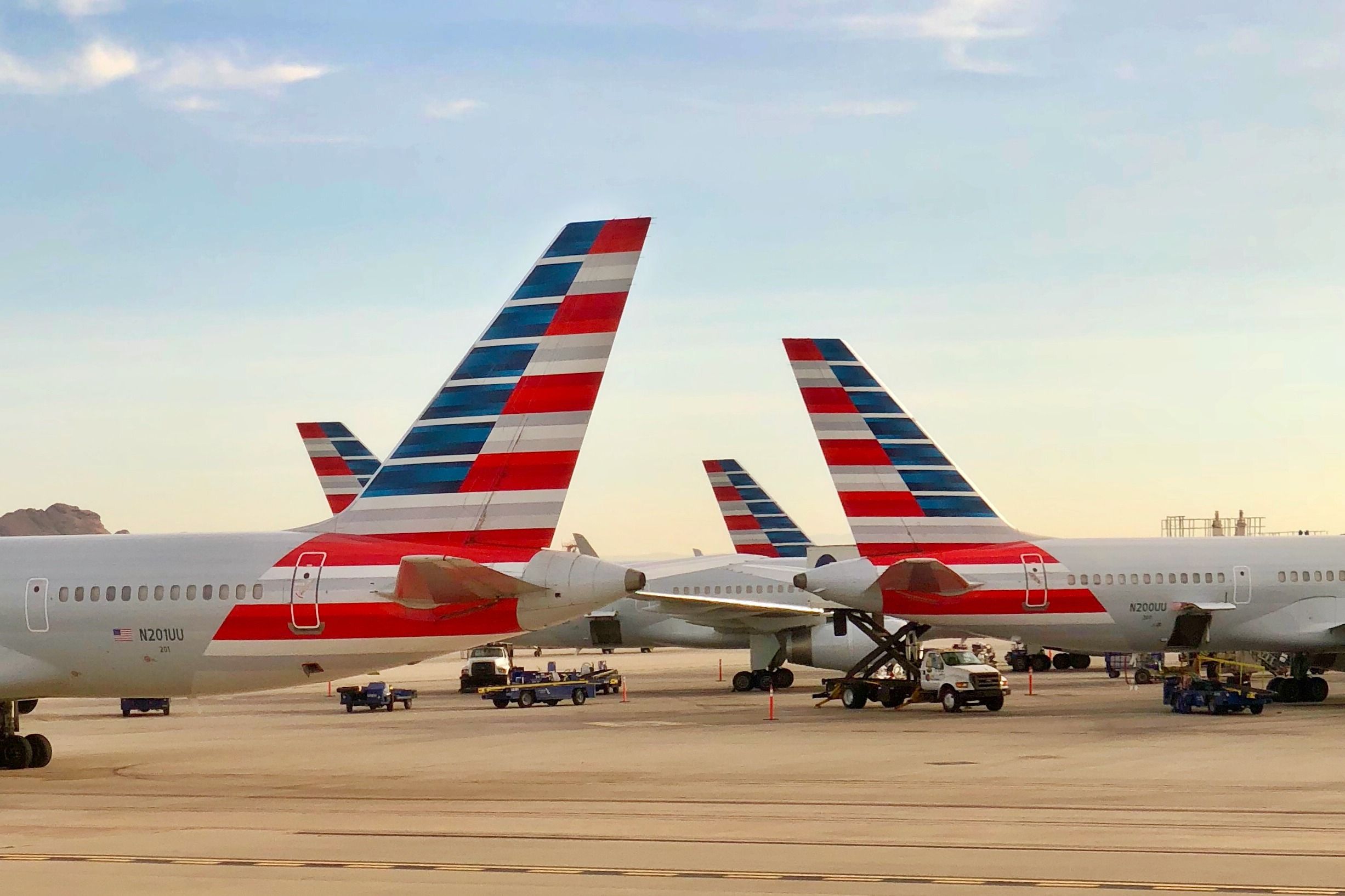
Related
American Airlines Updates Q4 Guidance With Gains From Citi Credit Card Deal
American Airlines was the third US airline to improve Q4 guidance, with the carrier highlighting an improved revenue environment during the quarter.

